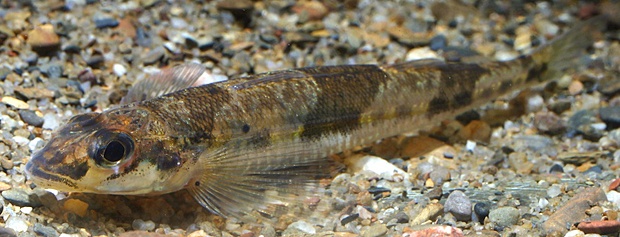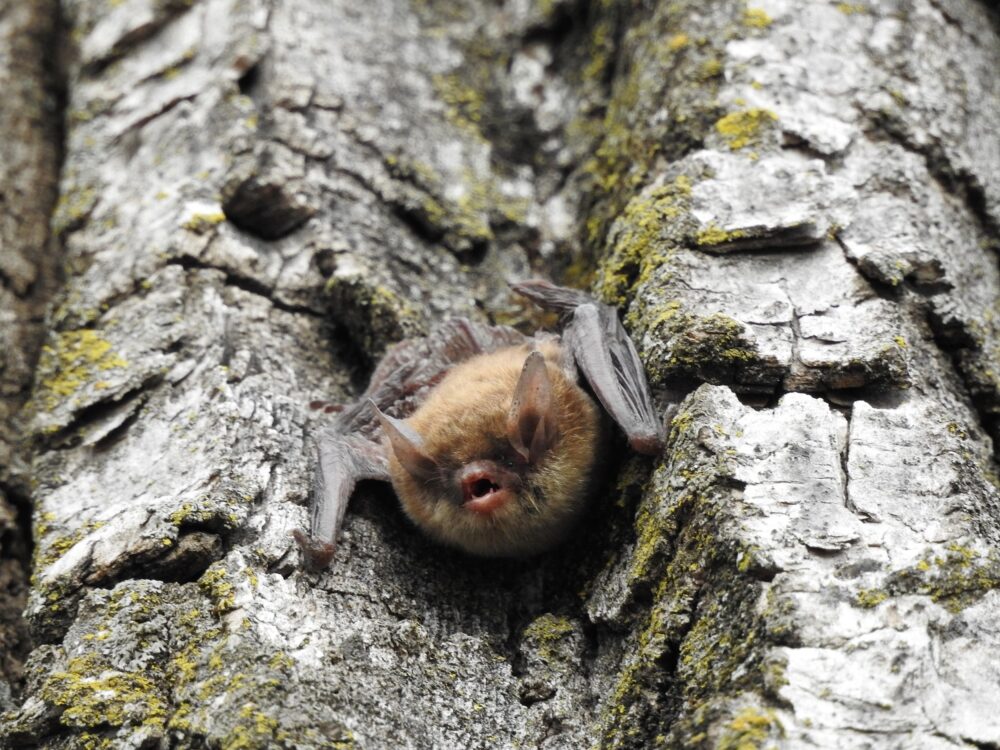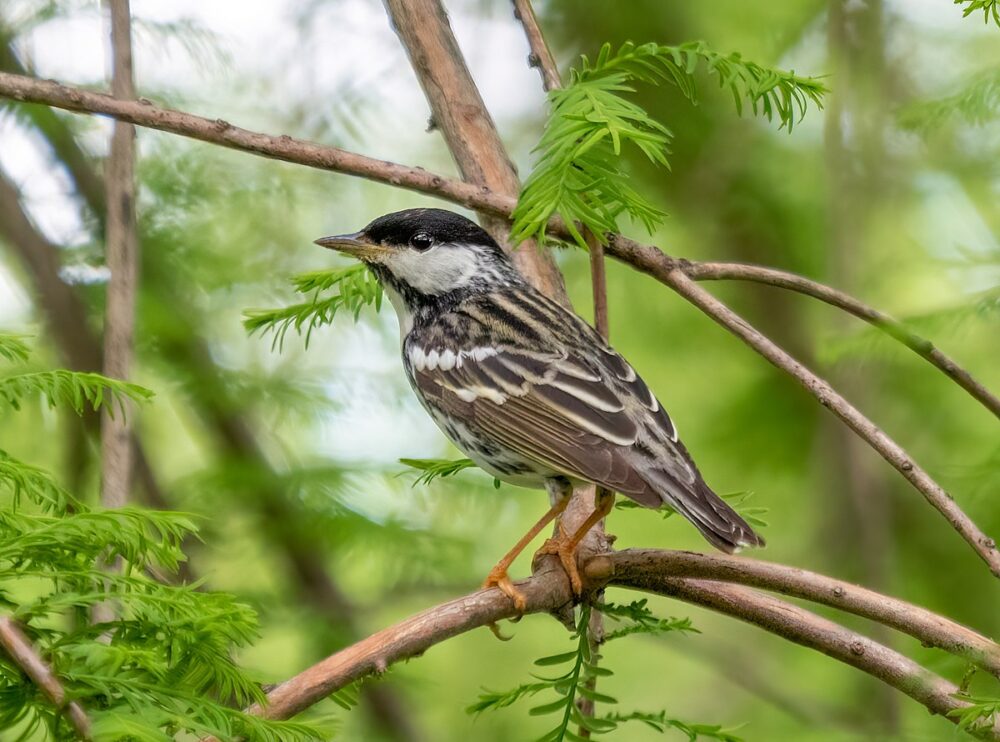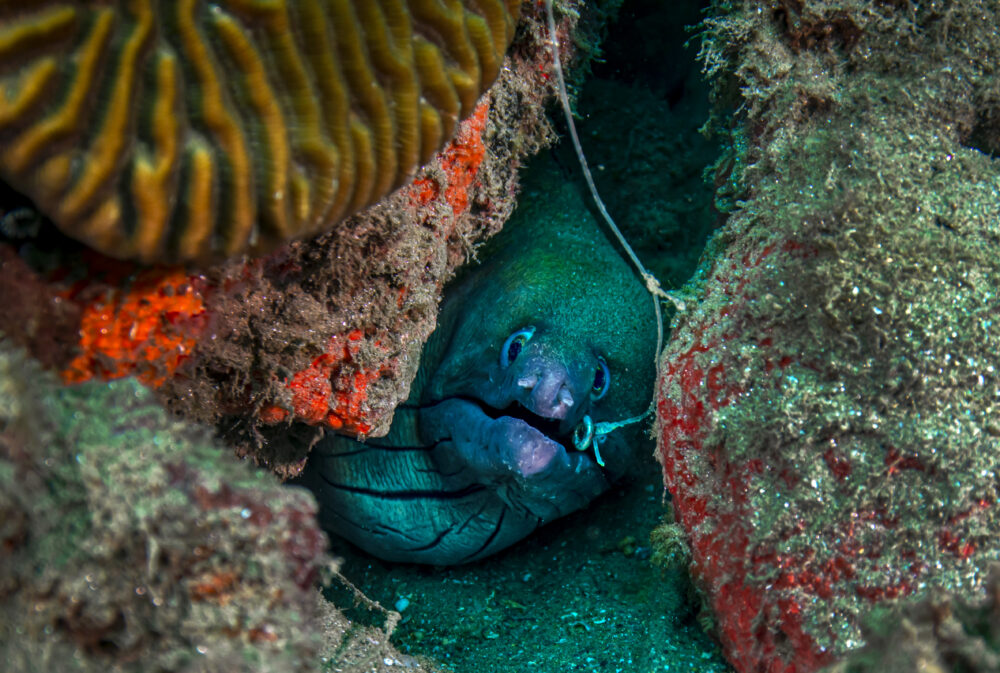We have much more to do and your continued support is needed now more than ever.
Endangered Species Designation Offers Diamond Darter a Chance to Shine On
The diamond darter (Crystallaria cincotta), a tiny fish that has faced serious threats, will now be protected under the Endangered Species Act, the U.S. Fish and Wildlife Service announced late last month. The diamond darter’s protected status will take effect on August 26.

“It is an honor and a responsibility to have one of the rarest fish in the world surviving in one of our rivers,” says Angie Rosser, executive director of the West Virginia Rivers Coalition (WVRC), which advocated for listing the darter as endangered with critical habitat designation. An affiliate of National Wildlife Federation, WVRC is dedicated to protecting the quality of West Virginia’s water resources and striving to conserve and restore the state’s exceptional rivers and streams.
Recognized as one of the most ecologically diverse rivers in West Virginia—more than 100 species of fish and some 30 species of freshwater mussel call the waterway home—the Elk is also considered one of The Mountain State’s most vulnerable. Continued threats include insufficient wastewater treatment and natural resource extraction and development, says Kathleen Tyner, WVRC’s conservation and advocacy program manager. While she and her peers regard the federal listing and the safeguards such affords as welcome news for the diamond darter, WVRC has not slowed its own efforts to protect habitat for the fish and other species.

“As West Virginia celebrates 150 years of statehood, our congressional leaders have an opportunity to set aside some of the most special wild places in West Virginia for future generations, honoring a rich mountain culture deeply connected to the land,” says Tyner.
Find out more about the conservation efforts of the West Virginia Rivers Coalition.





















